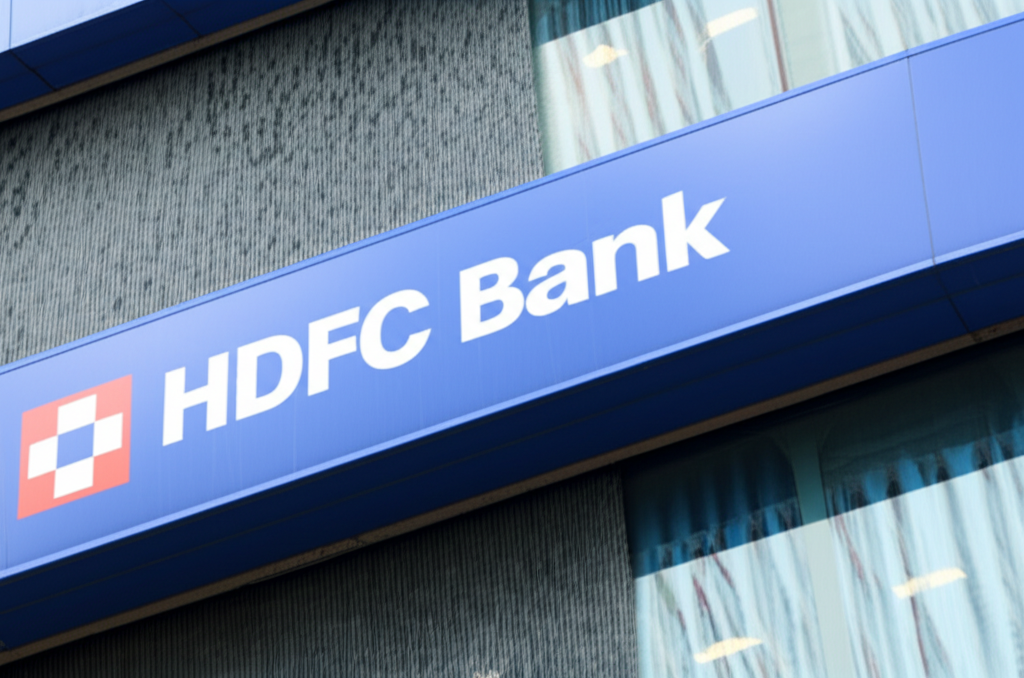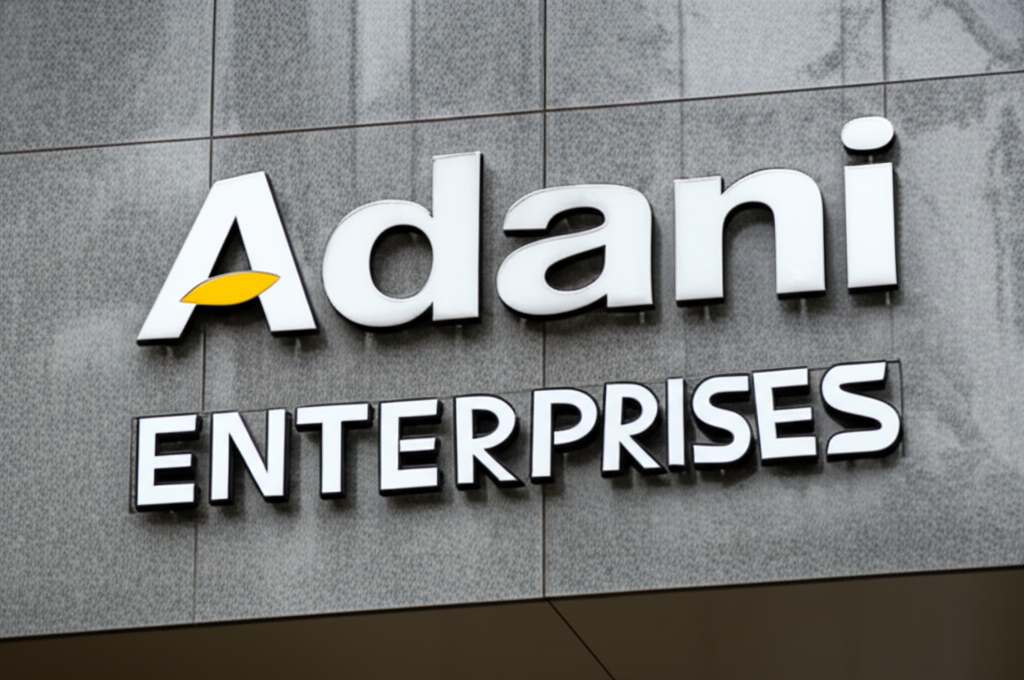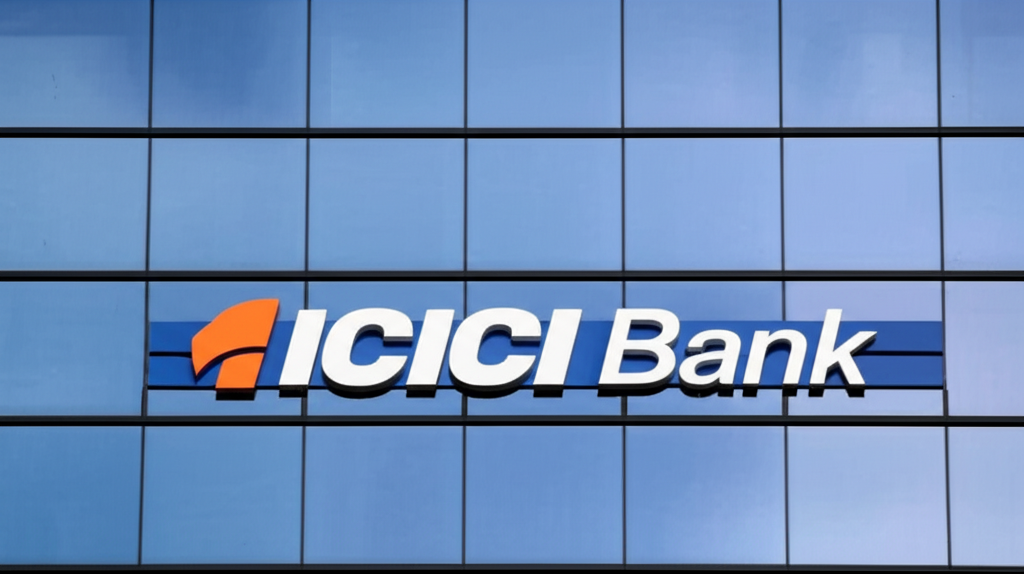There has been a slight decrease in Foreign Institutional Investor (FII) holdings and an increase in Domestic Institutional Investor (DII) holdings in HDFC Bank.
Introduction
HDFC Bank, a leading private sector bank in India, has witnessed a subtle shift in its investor base recently. While Foreign Institutional Investors (FIIs) have marginally reduced their holdings, Domestic Institutional Investors (DIIs) have concurrently increased their stakes. This nuanced change in ownership structure warrants a deeper examination, considering HDFC Bank’s significant role in the Indian financial landscape and its influence on the broader market. This article will delve into the underlying reasons behind this shift, analyzing recent financial performance, market trends, investor sentiment, regulatory factors, and potential risks to provide a comprehensive understanding of the situation and its implications for investors.
Recent Financial Performance
HDFC Bank’s recent financial performance has been a key driver of investor decisions. Analyzing the bank’s quarterly and annual reports reveals a generally healthy financial position, though certain aspects might contribute to the observed shift in FII and DII holdings. For instance, while the bank continues to demonstrate strong loan growth and a robust net interest margin (NIM), profit growth might have slightly underperformed expectations in certain quarters. This could stem from various factors, such as increased provisioning for Non-Performing Assets (NPAs) or a competitive lending environment impacting interest income. Detailed scrutiny of the bank’s financial statements, including its asset quality, capital adequacy ratio (CAR), and return on equity (ROE), is crucial to understand the extent to which these factors have influenced investor sentiment. (Source: HDFC Bank Quarterly and Annual Financial Reports)
Market Trends and Industry Analysis
The shift in FII and DII holdings in HDFC Bank needs to be viewed within the broader context of market trends and the Indian banking sector’s performance. The global economic slowdown, rising interest rates, and geopolitical uncertainties have all impacted investor confidence in emerging markets, including India. FIIs, often more sensitive to global macroeconomic factors, may have slightly reduced their exposure to HDFC Bank as part of a broader portfolio rebalancing strategy. Conversely, DIIs, typically with a longer-term investment horizon and a greater understanding of the domestic market dynamics, might have taken advantage of perceived undervaluation or increased their allocation to HDFC Bank based on their assessment of the bank’s long-term potential within the evolving Indian economy. A comparative analysis of HDFC Bank’s performance against its peers in the Indian banking sector is crucial in determining whether this shift is specific to the bank or a broader trend. (Source: Reports from leading financial research firms like CRISIL, ICRA, and Bloomberg)
Sentiment Analysis of News Headlines
Media coverage and news headlines significantly influence investor sentiment. Analyzing news articles and financial publications focusing on HDFC Bank reveals the prevailing narratives surrounding the bank. While positive news related to HDFC Bank’s digital initiatives, expansion strategies, and strong customer base may persist, any negative sentiments surrounding regulatory scrutiny, competition from other banks, or concerns related to asset quality could trigger a slight reduction in FII investments. Tracking the frequency and tone of news articles over time allows for a nuanced understanding of how public perception might be affecting investor decisions. A quantitative analysis of news sentiment using Natural Language Processing (NLP) techniques could provide valuable insights into the influence of media narratives on the observed shift in FII and DII holdings. (Source: Analysis of news articles from leading financial publications like The Economic Times, Business Standard, and Livemint)
Regulatory and Macro-Economic Factors
Regulatory changes and macroeconomic factors also play a significant role in shaping investor behaviour. Any new regulations imposed by the Reserve Bank of India (RBI) on lending practices, capital requirements, or stress testing could influence FII confidence. Similarly, changes in government policies affecting the financial sector, such as tax reforms or changes in monetary policy, could impact investor sentiment. Macroeconomic indicators like inflation, GDP growth, and interest rate movements have a ripple effect on the banking sector. Higher inflation, for example, might lead to increased NPAs, impacting profitability and investor confidence. A thorough understanding of the interplay between regulatory changes and macroeconomic factors provides a more comprehensive perspective on the reasons behind the observed shift in FII and DII holdings in HDFC Bank. (Source: RBI press releases, government policy documents, and macroeconomic data from credible sources like the National Statistical Office (NSO))
Risk Factors
Despite HDFC Bank’s generally strong position, several risk factors could contribute to the observed shift in investor holdings. These include risks associated with asset quality, particularly in a challenging economic environment; competitive pressures from both public and private sector banks; changes in interest rate scenarios impacting margins; and operational risks associated with technology and cybersecurity. A significant increase in NPAs could negatively impact profitability and trigger further FII divestment. Similarly, increasing competition might reduce the bank’s market share and profitability, potentially affecting investor confidence. These risk factors need careful consideration when assessing the future prospects of the bank and interpreting the recent shift in its investor base. (Source: HDFC Bank’s annual reports, risk disclosures, and analysis by credit rating agencies)
Future Outlook
The future outlook for HDFC Bank depends on a combination of internal factors, such as the bank’s ability to manage risks and maintain its strong asset quality, and external factors, such as the overall economic climate and regulatory changes. Given its strong brand reputation, extensive network, and digital capabilities, HDFC Bank is likely to maintain a significant position in the Indian banking sector. However, navigating the challenges of a potentially slower economic growth, higher interest rates, and intensifying competition will be key. The marginal decrease in FII holdings doesn’t necessarily signal a long-term negative trend, especially considering the concurrent increase in DII holdings which might suggest a greater confidence in the bank’s long-term prospects within the domestic market. Continuous monitoring of key performance indicators (KPIs) and the overall macroeconomic environment will be crucial in assessing the future trajectory of the bank’s performance and investor confidence.
Recommendations
Investors need to adopt a balanced approach in assessing HDFC Bank’s future. While the slight reduction in FII holdings is noteworthy, it’s essential to consider the simultaneous increase in DII holdings and the bank’s overall financial strength. Investors with a longer-term perspective and a belief in the bank’s long-term growth prospects in the Indian economy may view this as a buying opportunity, particularly if the bank’s valuation is deemed attractive. However, investors with a shorter-term investment horizon or higher risk aversion may prefer to wait for more clarity on the economic outlook and the bank’s performance before making significant investment decisions. Thorough due diligence, including a comprehensive analysis of the bank’s financial statements, industry analysis, and risk assessment, is paramount before making any investment decisions. Diversification within the portfolio is always recommended to mitigate risks associated with investing in a single stock, regardless of its perceived strength.















0 Comments